Throughout history, ancient societies practiced fascinating rituals, often tied to their unique beliefs and customs. These ceremonies served purposes ranging from honoring deities to guiding the dead into the afterlife. While some of these traditions are well-known, many remain hidden or misunderstood. Let’s explore some of these little-known yet significant rituals.
Feathered Serpent Rituals (Aztec)
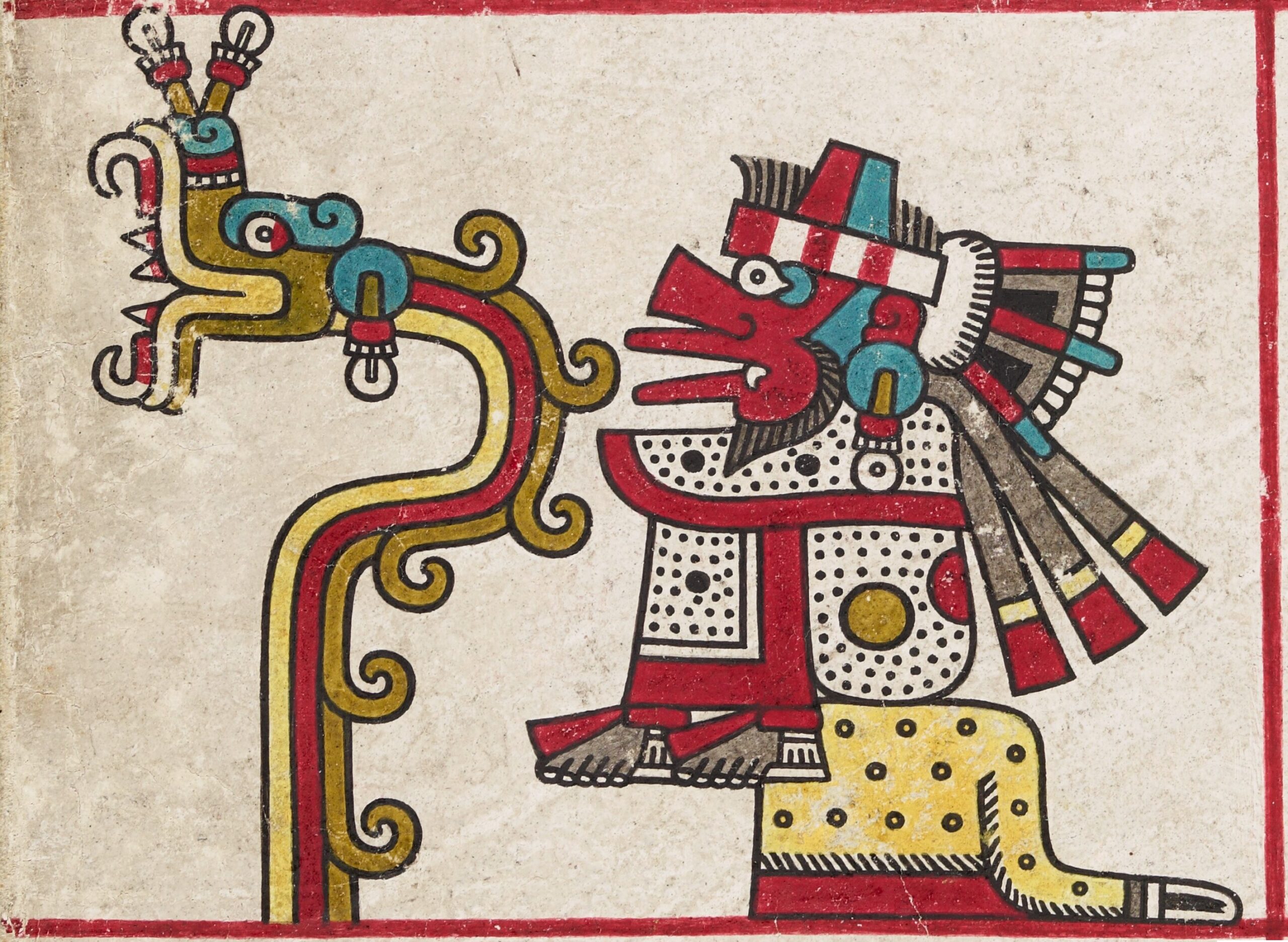
The Aztecs revered Quetzalcoatl, the Feathered Serpent, as a powerful deity. Their rituals involved offerings to ensure good harvests and prosperity. Priests would conduct ceremonies atop pyramids, invoking the god’s protection. Elaborate dances and songs were performed to celebrate Quetzalcoatl’s presence. These rituals also emphasized balance between life and death, a core belief of the Aztecs.
Oracle of Delphi Consultations (Ancient Greece)
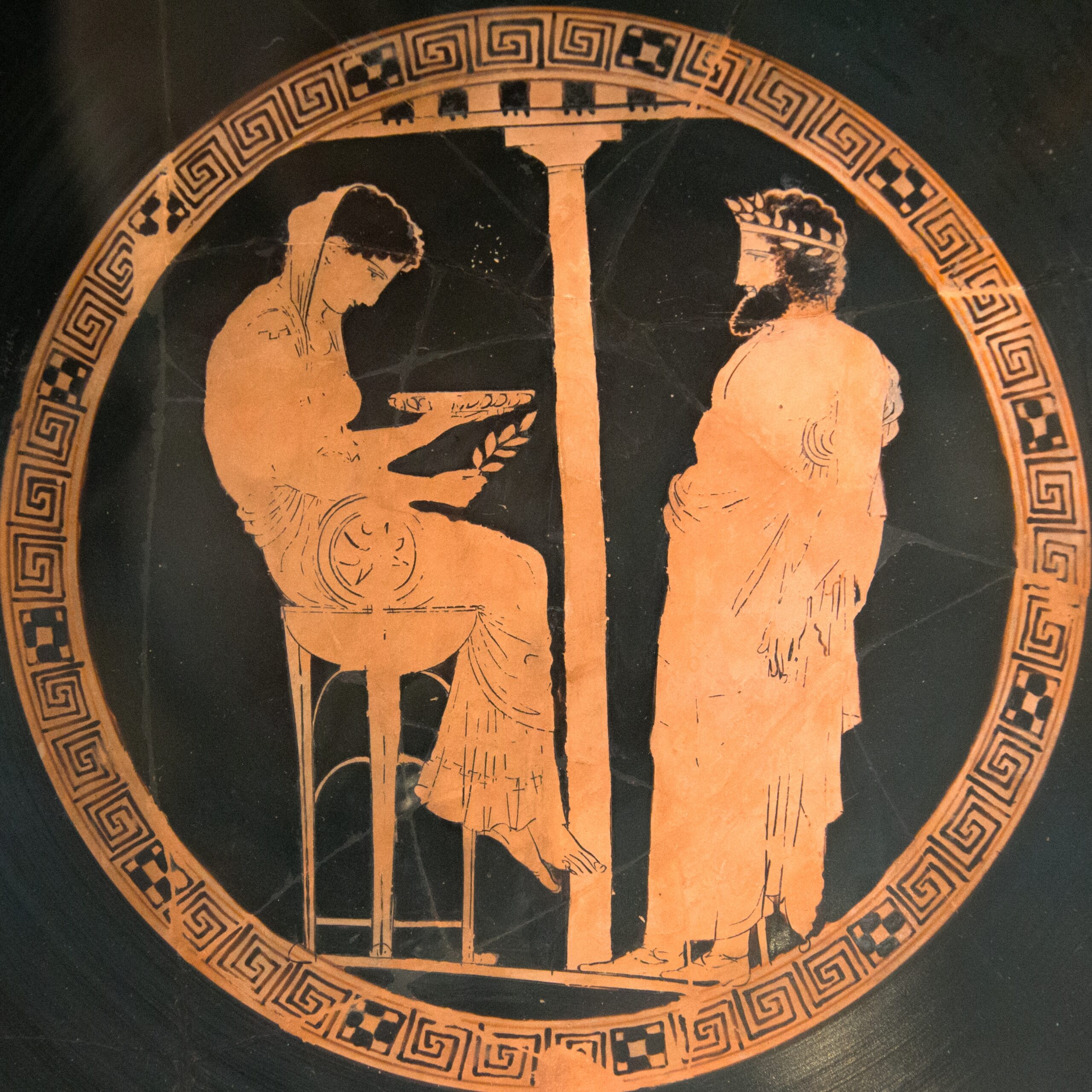
In ancient Greece, the Oracle of Delphi played a central role in decision-making. People traveled from all over to seek guidance from the priestess, known as Pythia. She would enter a trance, communicating with the god Apollo. Her cryptic answers required interpretation by priests, adding layers of meaning. These consultations shaped political, military, and personal decisions across the Greek world.
Zoroastrian Fire Worship (Persia)
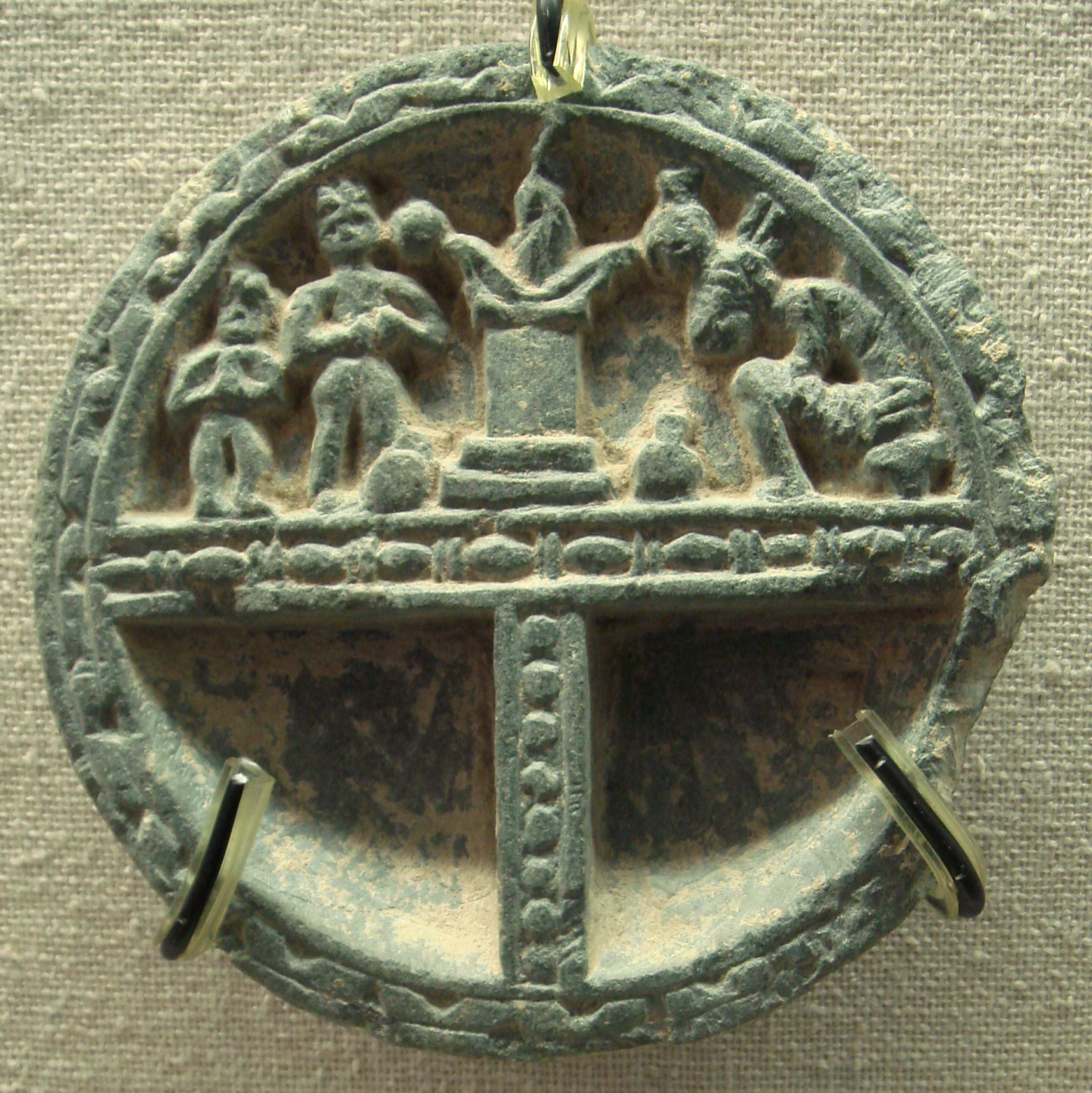
Zoroastrianism, one of the world’s oldest religions, placed great importance on fire. Fire represented purity and the presence of Ahura Mazda, their supreme god. Temples housed sacred fires that were never extinguished. Worshippers gathered around the flames, offering prayers and sacrifices. These rituals were believed to purify the soul and maintain cosmic order.
Sky Burials (Tibetan)
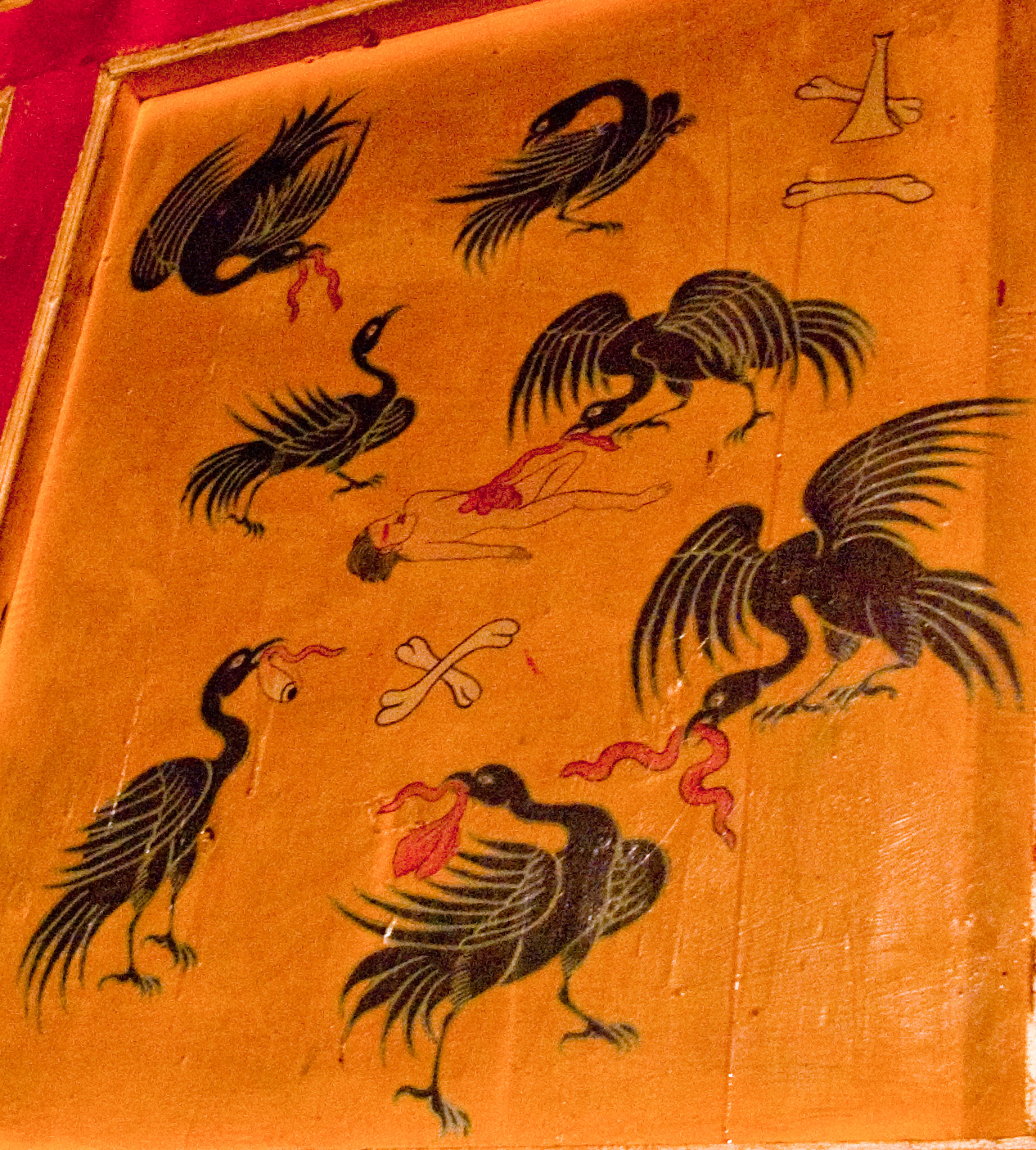
Sky burials are a Tibetan tradition that offers the body to vultures after death. The ritual is rooted in the belief of reincarnation and the impermanence of the body. Monks perform prayers before the body is prepared. The remains are left in open air for birds to consume, symbolizing the soul’s return to nature. This practice reflects a deep connection with the natural world.
Shamash Sacrifices (Babylonian)
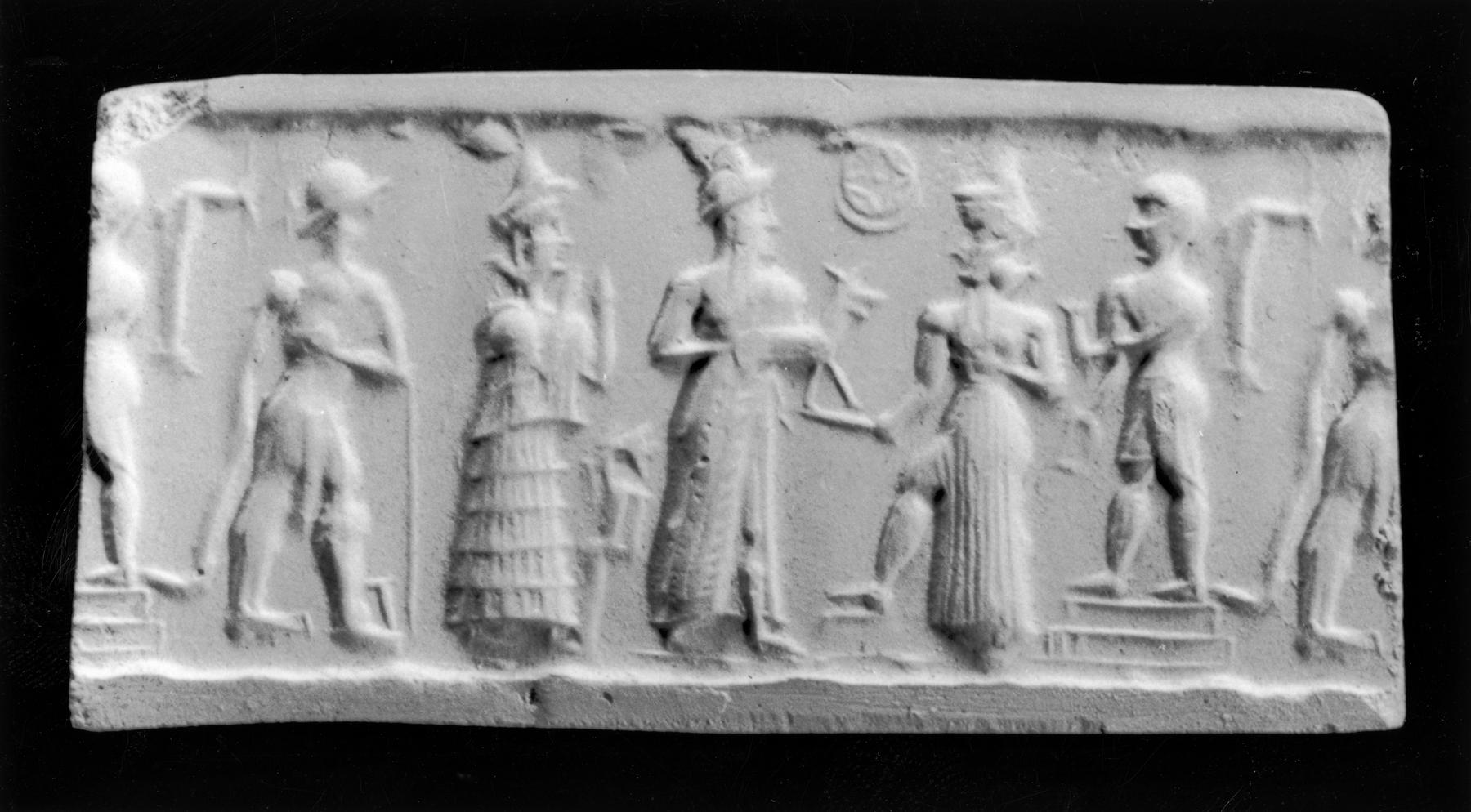
The Babylonians worshipped Shamash, the god of justice, with sacrifices. These offerings included animals, food, and occasionally, humans. Rituals took place in elaborate temples dedicated to the god. Priests led the ceremonies, asking Shamash for justice and prosperity. These sacrifices were seen as vital to maintaining order and ensuring the god’s favor.
Buddhist Self-Mummification (Japan)

Some Buddhist monks in Japan undertook the extreme practice of self-mummification. This ritual required years of preparation through strict diets and meditation. Monks would gradually starve themselves, consuming only bark and roots. Once they felt near death, they would enter a tomb and meditate until passing. This process was believed to lead to spiritual enlightenment.
Mummification of Pharaohs (Ancient Egypt)
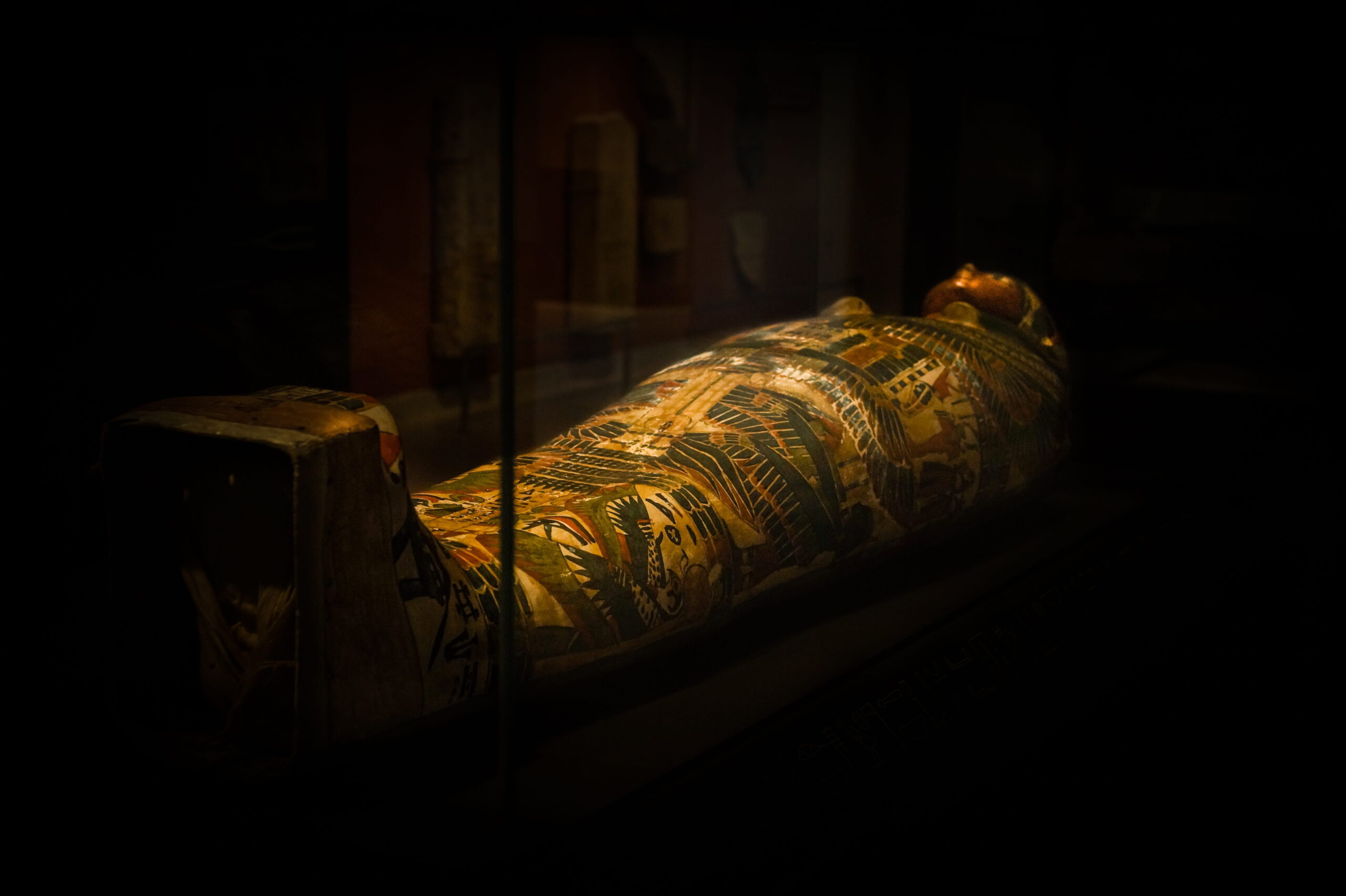
The mummification of pharaohs was a complex ritual meant to ensure their passage into the afterlife. Skilled embalmers carefully removed organs and wrapped the body in linen. Spells and amulets were placed within the wrappings for protection. The entire process took weeks and followed strict guidelines. This practice reflected the Egyptians’ belief in eternal life and the importance of preserving the body.
Peruvian Coca Leaf Offerings
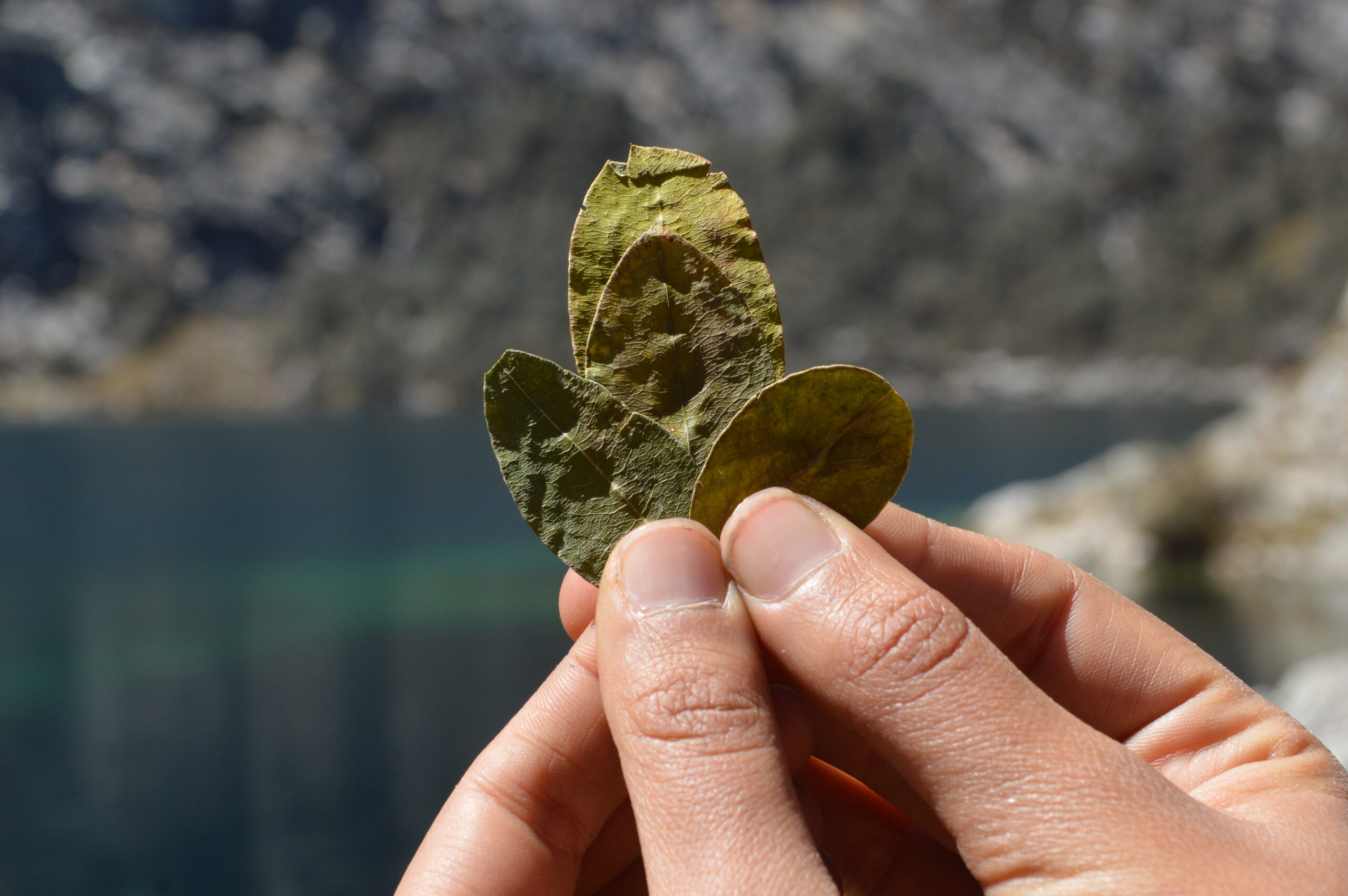
In ancient Peru, coca leaves were used in spiritual offerings. These leaves held significant value as a sacred plant. Rituals involving coca were performed to communicate with gods and ancestors. The leaves were chewed or burned, with prayers asking for protection or good harvests. These offerings symbolized respect for the earth and its spirits.
Kurgan Burial Mounds (Scythians)
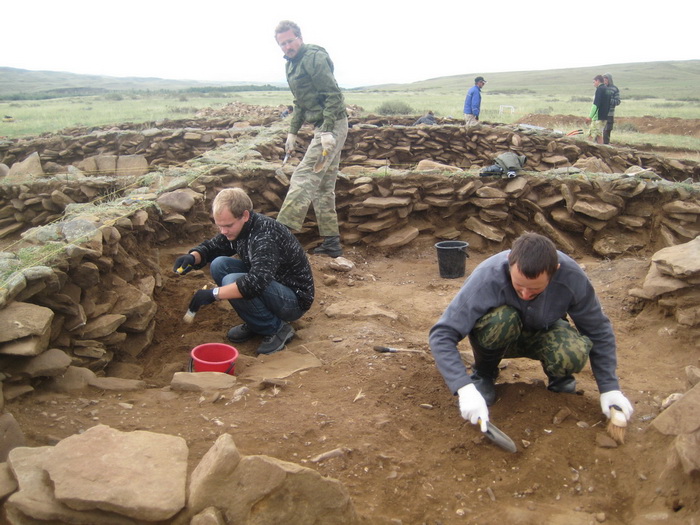
The Scythians built large burial mounds, known as kurgans, for their elite. These mounds contained the remains of nobles, along with treasures and weapons. Horses were often buried alongside the dead to serve them in the afterlife. Kurgans symbolized the power and wealth of the Scythian aristocracy. They also reflected beliefs in an afterlife where social status continued.
Nasca Lines Offerings (Nasca Culture)
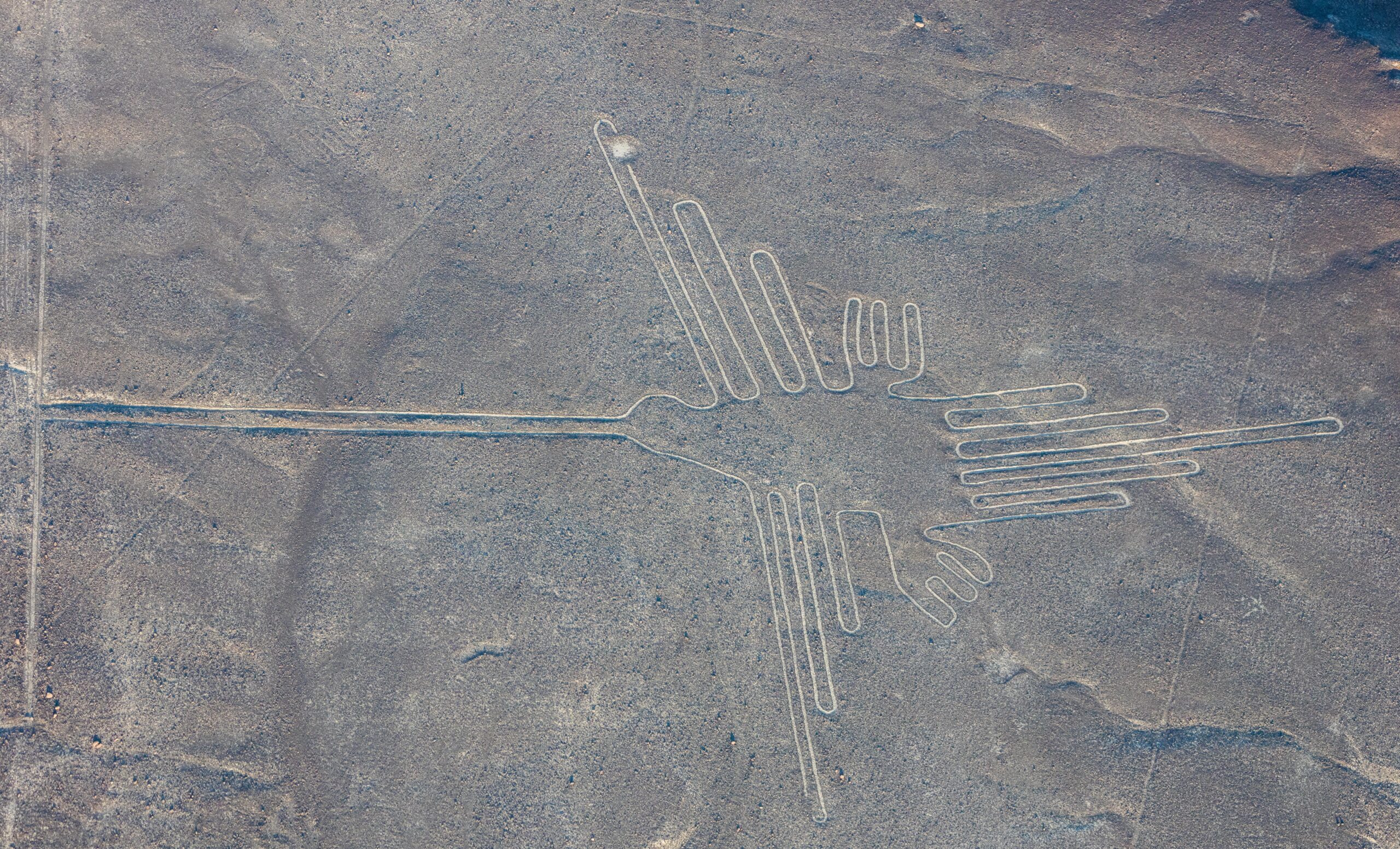
The Nasca people created vast geoglyphs in the Peruvian desert, known as the Nasca Lines. These figures were part of their religious rituals, often tied to water and fertility. Offerings were placed near the lines, including pottery and food. The Nasca believed these rituals would ensure rainfall in the arid desert. The lines were also a form of communication with their gods.
Neolithic Bone Rites (Çatalhöyük)
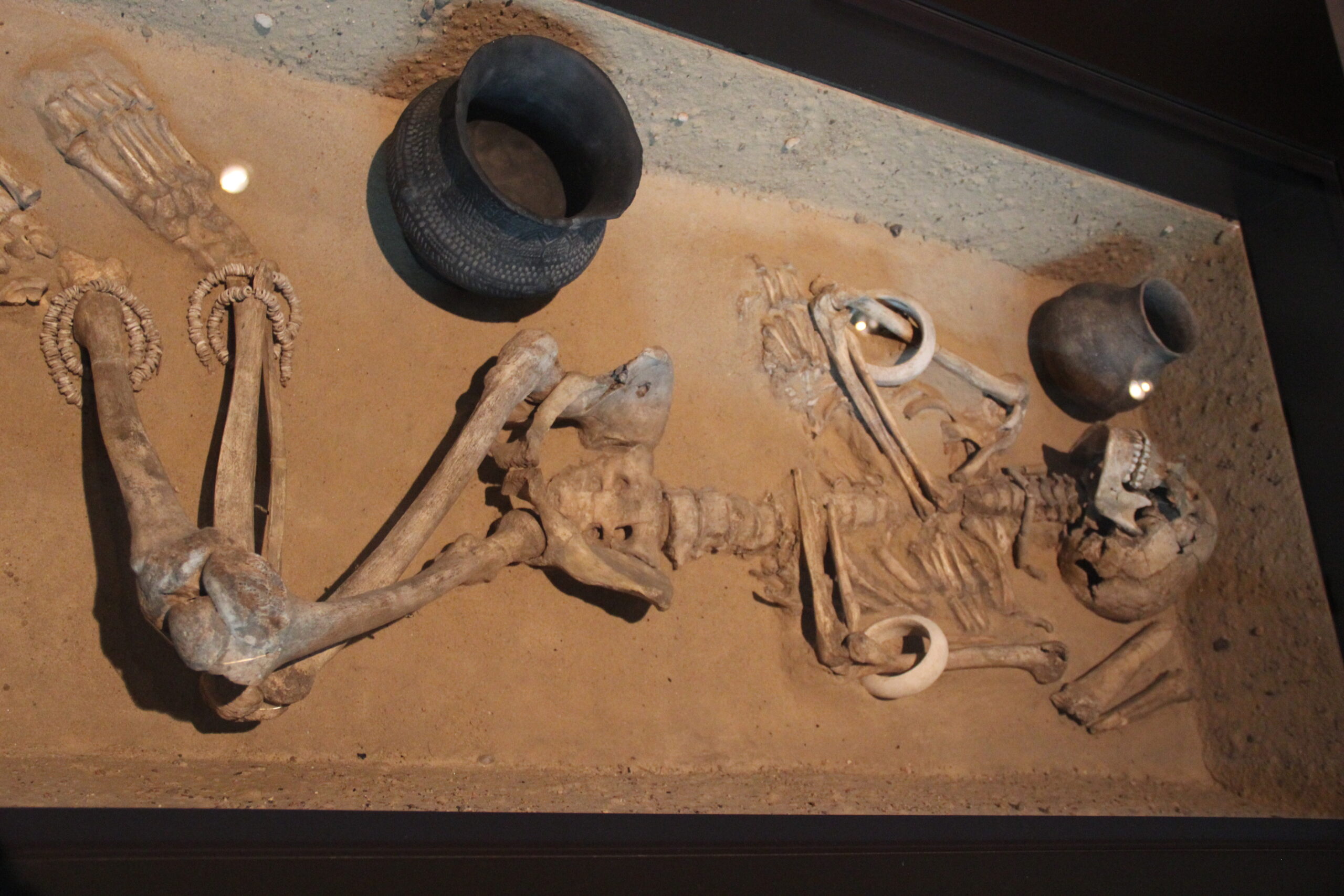
In the Neolithic city of Çatalhöyük, rituals involving bones were common. People buried their dead beneath their homes, often removing the skulls later. These skulls were sometimes plastered and painted, symbolizing ancestral reverence. The bones were believed to hold spiritual power and connect the living with their ancestors. This practice reflected their deep connection to family and the cycle of life.
Caribbean Zemi Worship (Taino)
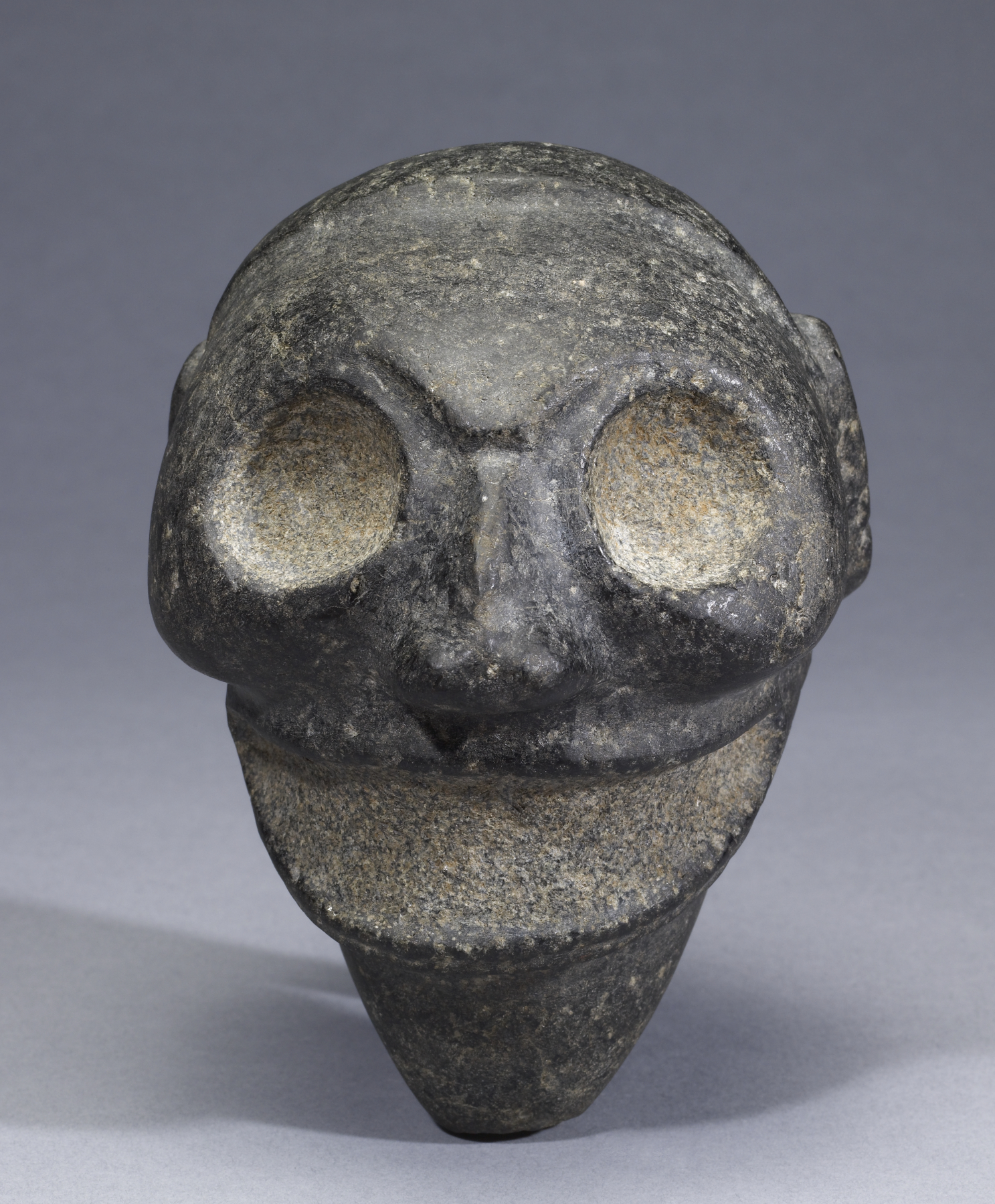
The Taino people worshipped zemis, which were spiritual figures representing gods and ancestors. These zemis were often carved from stone or wood. Rituals involved offerings of food, tobacco, and other goods. The Taino believed that zemis controlled nature, such as rain and wind, and could protect their communities. These practices reflected the importance of ancestral spirits in daily life.
This article originally appeared on Rarest.org.
More from Rarest.org
10 Classic Arcade Games That Are Sought-After Collectibles

Arcade games hold a special place in gaming history, evoking nostalgia for the golden age of video games when players lined up to test their skills on classic machines. Read More.
15 Most Colorful Wildlife Species for Vibrant Photography
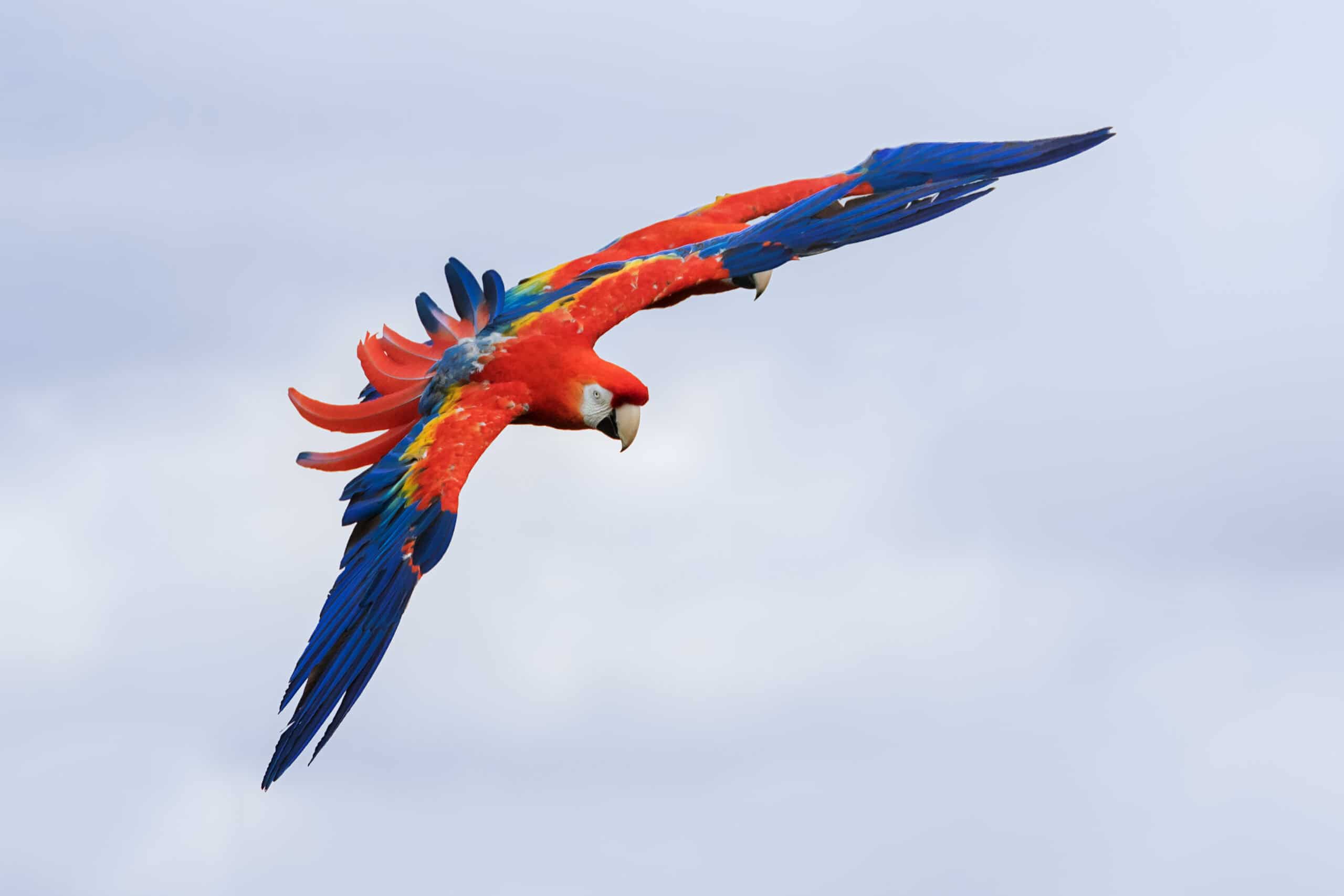
Capturing the vibrant beauty of wildlife is a thrilling pursuit for photographers and nature enthusiasts alike. Read More.
1995 Quarter Value Guide (Incld. Rare Varieties)
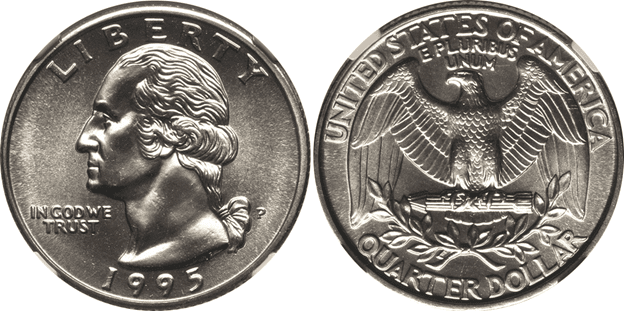
The 1995 Washington quarter is made of a pure copper core while it is covered by nickel. Overall, the 1995 quarter coins are made with 75% copper and 25% nickel. Read More.
